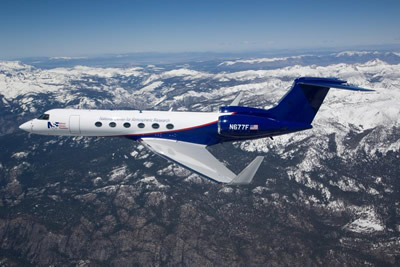This aircraft is a modified Gulfstream V jet and can carry 5600 pounds of weather instruments that collect data from the Earth's atmosphere. The aircraft is maintained and operated for the National Science Foundation by the National Center for Atmospheric Research.
Click on image for full size
Image courtesy of the University Corporation for Atmospheric Research
Research Aircraft
Scientists sometimes travel in airplanes that carry weather instruments in order to gather data about the atmosphere. These research aircraft bring air from the outside into the plane so scientists can sample it and make measurements. Some research airplanes also carry radar and other special instruments.
Airplanes can collect information about many different parts of the atmosphere, including tiny particles called aerosols, clouds, winds, and radiation. They can also carry camera to take photographs of clouds from up in the air. Scientists use the information gathered by aircraft to learn more about topics like how clouds form, the effects of air pollution, and what causes turbulence.
Ships can also carry instruments that gather data about the atmosphere, the ocean, weather, and climate.
You might also be interested in:
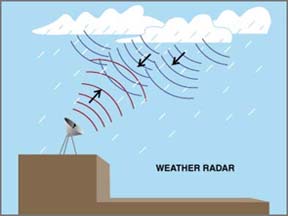
Radar is an important part of weather forecasting because it can show rain is located. The radar bounces radio waves off raindrops in clouds. A computer measures how long it takes for the radio waves to
...more
When you look up at the sky, you are looking at more than just air. There are also billions of tiny bits of solid and liquid floating in the air. These tiny particles are called aerosols or particulates.
...more
Wind is moving air. Warm air rises, and cool air comes in to take its place. This movement creates the winds around the globe. Winds move at different speeds and have different names based on their speed.
...more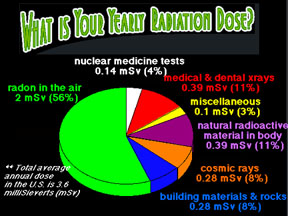
The text for this level hasn't been written yet. Please check the "Intermediate" or "Advanced" level of this page (click on the bar near the top of this page).
...more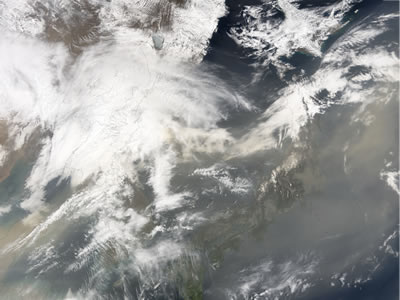
In order for clouds to form, water droplets in the atmosphere need a surface to condense upon. There are millions of tiny particles floating in the air that can provide this surface, and these particles
...more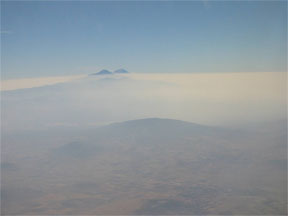
Have you ever heard of air pollution? Air pollution is not new. 700 years ago, when people started burning large amounts of coal 700 years ago in London, England, they complained about the dust and soot
...more
Rainbows appear in the sky when there is bright sunlight and rain. Sunlight is known as visible or white light and is actually a mixture of colors. The sun's rays pass through millions of raindrops. A
...more


